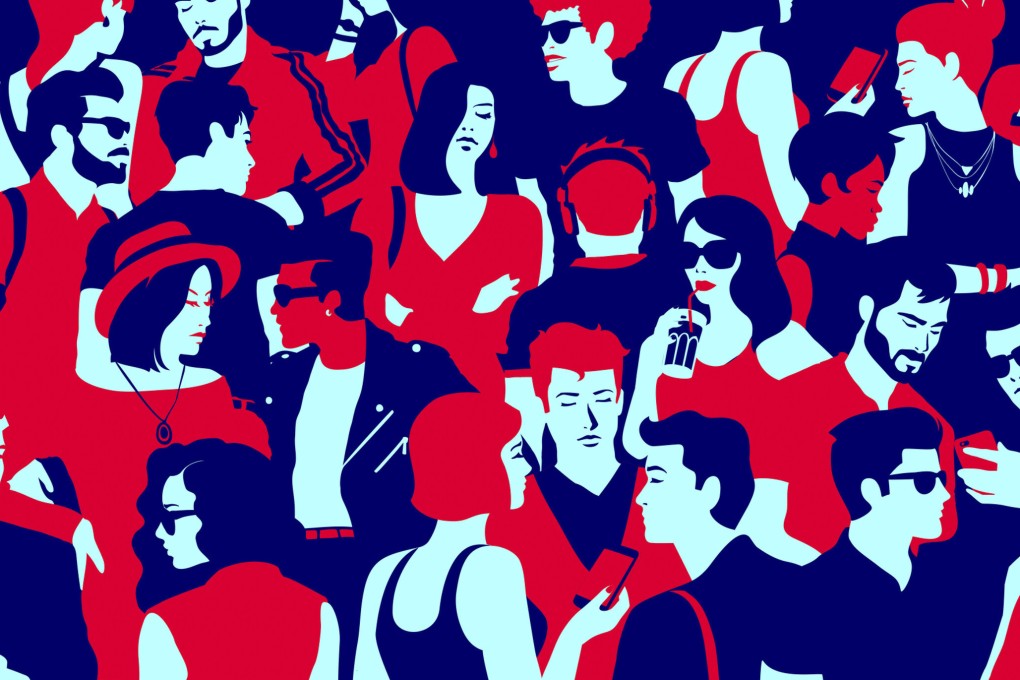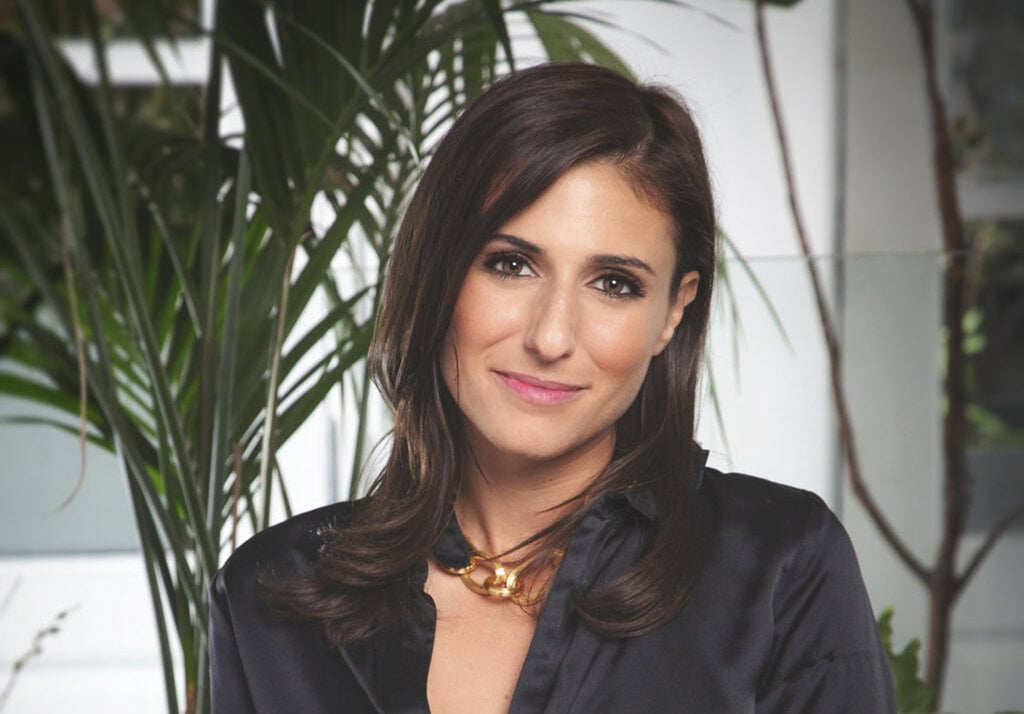Advertisement
Sex parties and polyamory in Silicon Valley? It’s more common than you might think
- Laurie Segall’s new book, Special Characters: My Adventures with Tech’s Titans and Misfits, explores the Silicon Valley sex and party culture
- The reporter interviewed everyone from venture capitalist to sex workers and discovered there was much more to techies than met the eye
Reading Time:3 minutes
Why you can trust SCMP
1

Laurie Segall was eating oysters with a venture capitalist in San Francisco, in the United States, when she learned, to her shock, that polyamory and sex parties were ordinary among the Silicon Valley crowd.
“Everyone is experimenting,” he told her.
It was 2015, and tech was a hot topic. Segall had already been interviewing founders and entrepreneurs about their careers as a journalist at CNN, but she wanted to know more about “the personal lives of the people coding our future”.
Advertisement
Over the following years, she interviewed everyone from VCs to sex workers and discovered there was much more than met the eye.

Insider compiled six of the wildest details about Silicon Valley sex and party culture from Segall’s new book, Special Characters: My Adventures with Tech’s Titans and Misfits.
Advertisement
Advertisement
Select Voice
Choose your listening speed
Get through articles 2x faster
1.25x
250 WPM
Slow
Average
Fast
1.25x